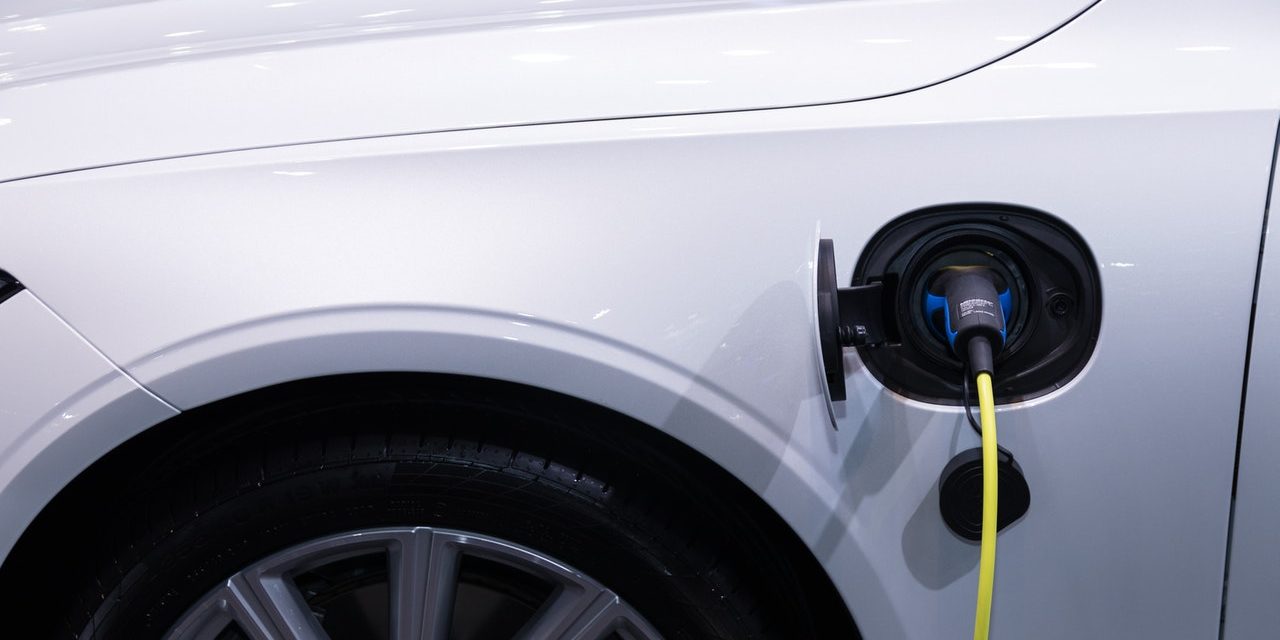As more electric cars become commonplace on UK roads, understanding how to operate charging stations correctly becomes essential. Instead of only stopping for petrol, many new EV users are starting to choose a more sustainable mode of transportation thanks to these charging stations. But this change also means that in order to take advantage of EV government grants and incentives, certain best practices must be followed. The goal of this website is to provide thorough guidance on how to use electric vehicle charging stations to extend the life and efficiency of your EV’s battery and a of charging options available. ElectrAssure Commercial Ev Charging Company’s brief eHGV handbook has all the information you need to guarantee a smooth transition to electric vehicle ownership.
Finding Charging Stations for Electric Vehicles
The convenience and usefulness of electric cars are determined by their charging infrastructure. They come in a variety of shapes, each suitable for a particular situation and need. Here are some specifics on the various kinds of charging stations located in the UK:
Different types of charging stations
Slow charging stations, which typically have a 3kW output, are perfect for usage in homes overnight.
A automobile that runs on electricity may be charged in four to six hours at 7 to 22 kW of power.
80% or more of most EVs may be charged in 30 to 60 minutes using the quickest sorting, rapid charging stations (rated over 43kW).
Looking for places to charge
As networks grow, finding a charging station in the UK is becoming simpler. To find nearby charging stations, utilise apps and websites like Zap-Map, PlugShare, and Charge Map, which provide thorough maps and user ratings.
Dos while using charging stations:
Utilising electric vehicle charging stations contributes to maintaining high standards of efficacy and consideration for other users. Among the crucial suggestions are:
For charging information, see the manufacturer’s recommendations.
- Be very kind; after charging, disconnect and start your car.
- Make sure the connector is tightly connected and choose an appropriate plug.
- Keeping your charging space organised can help you keep an eye on your progress.
Don’ts when it comes to using charging stations
To improve your charging experience, steer clear of common mistakes:
- When charging, try to avoid doing so during peak grid demand.
- Never prohibit establishments from charging non-electric cars.
- At public stations, try not to leave your automobile alone for extended periods of time.
- Use recently refurbished charging equipment and report any issues right away.
Guidelines for Safety and Upkeep on Charging Stations
Safety at charging stations must always be maintained:
- Often leave personal and public charging outlets accessible.
- When charging, use caution and give careful attention to the instruments you are using.
- Create the ideal environment for optimal charging and longer battery life.
- Under really harsh circumstances, charge with caution.
The Future of Electric Vehicle Charging in the UK
With advancements in technology and infrastructure, the future seems promising:
- Efficiency will rise with new concepts like ultra-fast charging and smart technology.
- More stations will be able to be reached thanks to the countrywide charging network.
- The transition to electric cars will continue to be supported by government initiatives.
- Using ethical methods while charging electric vehicles can help ensure a sustainable future.
The UK is moving more and more towards electric vehicles, therefore it is important that charging stations behave appropriately. Adhering to the recommendations would improve EV users’ individual experiences as well as help create an environment that is efficient and sustainable for transportation. Though EV charging has a bright future, EV owners may assure a positive transition to electric mobility by adhering to these guidelines.





